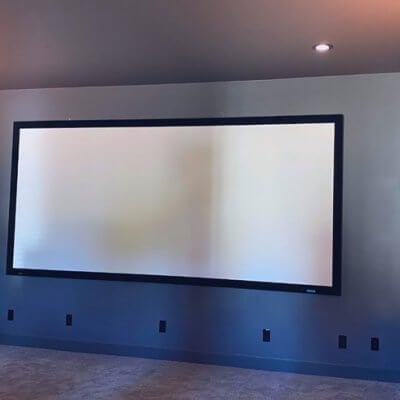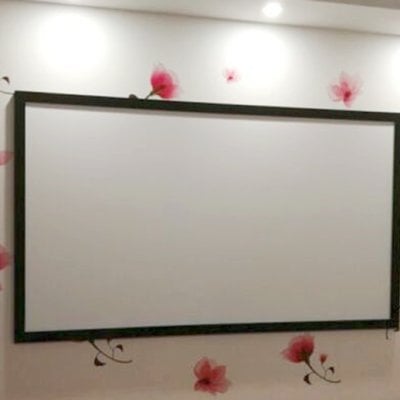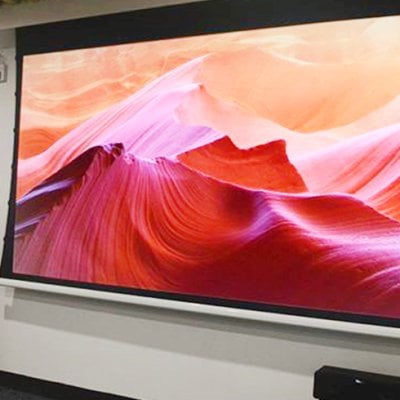When choosing a home theater projection screen, some consumers have such questions, whether to choose a white screen or a gray screen? The first reaction of some people is that a white screen is better, the color of a white screen is more transparent and vivid, and the picture is clearer. And little is known about grey screens.
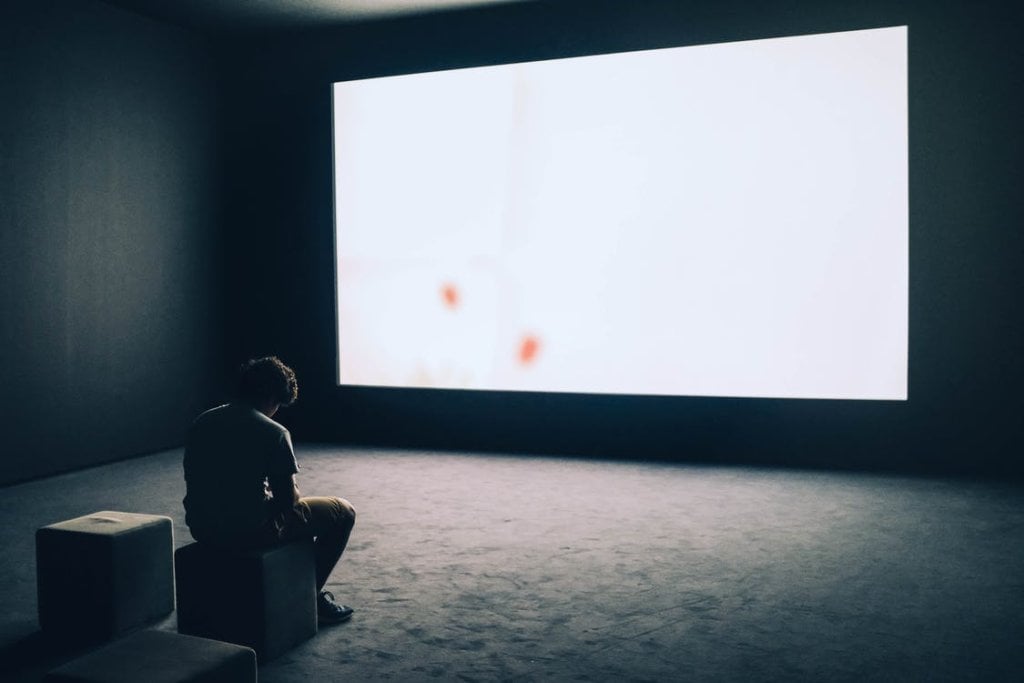
Gray screens are called “high contrast screens”. Here’s how it works: a gray screen can absorb more ambient light than a white screen, and a white screen doesn’t have this feature, so a gray screen maintains the black level on the screen, increasing the contrast of black and white on the screen, thereby achieving increased contrast the goal of.
Can a gray screen reproduce the correct white? People often misunderstand gray screens and think that the white they reflect isn’t white enough. In fact, when the white on the screen isn’t white enough, it’s because the projector’s output isn’t bright enough to match the use of a low-gain screen or an oversized screen. This is a mismatch problem. Also, a gray screen can be whiter than a low gain white screen, so don’t doubt the whiteness of a gray screen as it depends on whether the reflected light from the projector provides enough brightness.
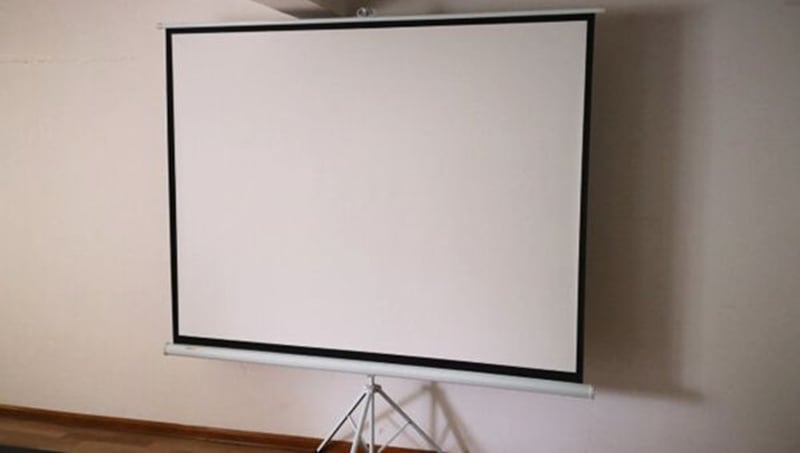
Therefore, the gray screen has a higher contrast ratio and is more resistant to ambient light. When you pursue a high-contrast picture or the brightness of your projector output is not particularly high, it is recommended to choose a gray screen.
Read more:

